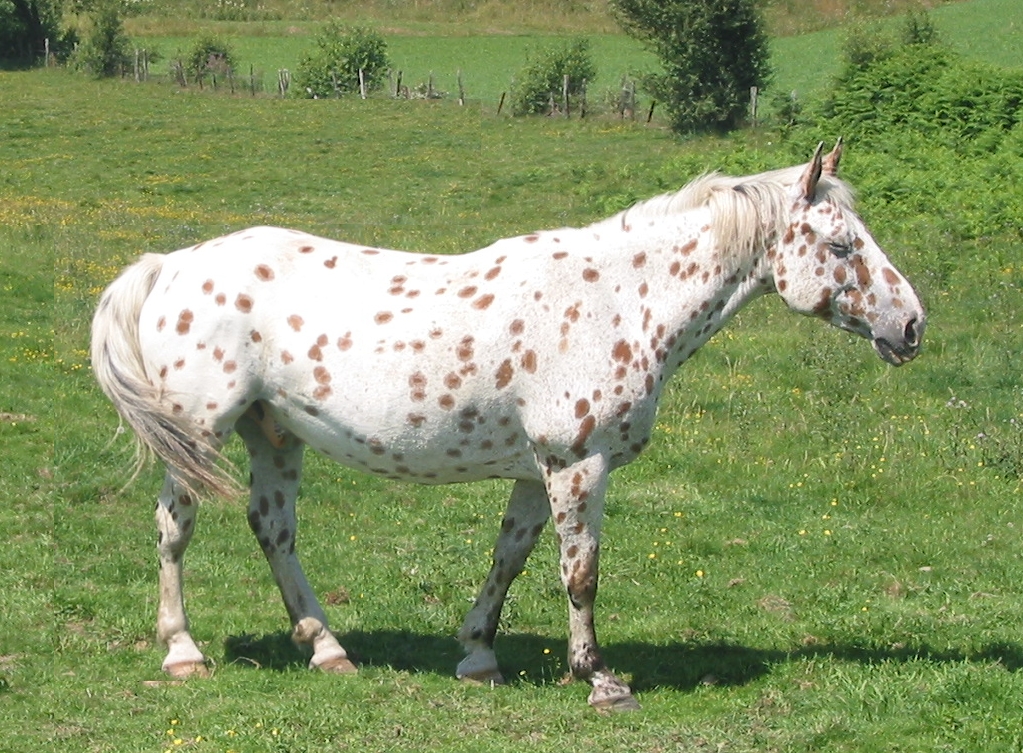The Auxois or the Trait Auxois is one of the rarest French draft horse breeds in the world. This breed has not caught on in other countries because of the massive amount of food that a draft horse needs to consume daily. Since the mechanization of agriculture, there has not been a demand for draft horse breeds, so time will tell how long this breed lasts. The main reason the breed survives in France is because of the horsemeat industry. Perhaps it would be better for the breed to die out if it faces such a dismal fate.
Brief History
On some websites, it is mentioned that the oldest ancestors of the Auxois was a now extinct breed ridden by knights of the Middle Ages called the Burgandy. Some other sources dispute this claim.
What is known is that the modern Auxois originated in the 1800's in the Cote d'Or and Yonne regions in France. The Auxois was created by crossing a variety of draft breeds, including Percheron, Ardennias, Boulonnais and the Northern Ardennais. Since numbers of the Auxois collapsed after the World Wars, some purebred Ardennais were crossed onto the remaining breeding Auxois in order to keep from having to heavily inbreed.
Originally, this breed was used for a wide variety of purposes, from pulling plows to hauling public transport wagons. Most draft horses of all breeds were conscripted to serve the French Army in World War I and thus died pulling heavy artillery. The breed is known for being incredibly strong but is still not strong enough to save it from the abattoir.
General Appearance
The Auxois looks like a Belgian on steroids. Although they are not as tall as a Shire, only averaging 16 hands, they certainly seem larger because of their incredible bulk. They can weigh up to 2450 pounds. The head is blocky, with ears usually described as small and constantly swiveling about. The neck short and legs short and thick and a low-set tail on muscular hindquarters. International Encyclopedia of Horse Breeds (University of Oklahoma Press, 1995) is full of praise for their sloping shoulders, excellent knees and hints that they would make good riding horses.
Their coat colors are the same as a Belgian's or a Brabant's, being mainly red roan, bay and chestnut. They have a thick mane and tail. Unfortunately, many Auxois have their tails docked as is custom in France. This was originally to keep the tails from getting caught in harness, but very few Auxois work in harness anymore. Some breeding stock and show stock are allowed to keep their full tails.
What seems particularly heartbreaking is that the Auxois is always described as being gentle and calm. They have a good reason to hate people after being treated so badly by them, but perhaps they do not complain.
Additional References
International
Encyclopedia of Horse Breeds. Bonnie Hendricks. University of
Oklahoma Press, 1995.
The Ultimate
Horse Book. Elwyn Hartley Edwards. Dorling Kindersley, Inc.; 1991.












_(14577065380).jpg)
